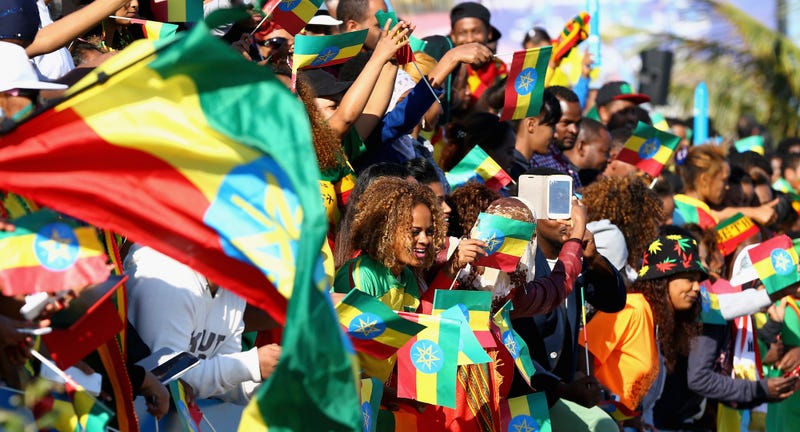
The World Anti-Doping Agency has turned it’s focus on Ethiopia, warning track and field officials there they need to test up to 200 athletes by November or face possible banishment by the International Association of Athletics Federations, the Associated Press reported.
There are three grey matter-splattering things about this seemingly straightforward news.
1. You might’ve assumed that with distance running powerhouse Ethiopia churning out world record holders like a Snackwell factory, WADA would have been paying pretty close attention to that country. You might’ve thought that, anti-doping on a world scale being their job, they’d make sure that this mass producer of phenomenal runners was doing some out-of-competition testing, since that’s when dopers dope.
But you’d be wrong.
There is almost no drug testing in Ethiopia. WADA has long complained about lack of funding, though according to RunnersWorld, “The IAAF tests high-level athletes all over the world, and each individual country’s national anti-doping agency is responsible for conducting testing nationally [out-of-competition]. If a country is not doing a sufficient job of testing its athletes, WADA informs the International Olympic Committee.”
PEDs are most likely to be used during training, allowing more volume and intensity with less recovery. That’s why out-of-competition testing is most effective.
It’s hard to imagine what WADA has been doing in the 16 years they’ve been in business, since massive state-sponsored doping across a variety of sports in Russia, a system visible from outer space, also really caught them off-guard, but checking up on the Ethiopian branch office was not one of them. AP reports that “when WADA officials came to assess the [Ethiopian anti-doping] office in December [2015] they were shocked by the poor standard of the facilities and gave it a rating of ‘zero.’”
Shock all the way around then, because the World Anti-Doping Agency has apparently neither conducted testing of their own in Ethiopia, nor requested results from the national program. In fact, they seem to have just discovered Ethiopia.
2. November. Nov-eeemmm-ber. Let’s see—something is going on before then, in August, I think ... Oh yes, it’s the Olympics! If WADA was interested in making sure the Olympics was clean and fair, you’d think they would have set that deadline in July. As it is, WADA is allowing athletes from a country that has what they describe as a shockingly poor anti-doping program a free pass to the most prestigious track and field meet in the world. Why?
Ethiopian track and field officials have had a heads-up since at least March that the suits from the WADA home office were going to start asking some questions, and probably significantly before that since neighboring Kenya has been the subject of serious investigation for at least a year. Track and field being Ethiopia’s legacy, one can imagine they saw the writing on the wall and have made some preparations to get with the anti-doping program before WADA, or god forbid, journalists, get in and muck around. According to the AP story, the Ethiopian government has already provided $300,000 for testing, and expects to start next week. Most athletes train in or close to Addis Abbaba, where the anti-doping office is located, making logistics a little easier than in Kenya, where training groups are scattered over large, remote areas. Meeting a pre-Olympic deadline seems not only sensible, but doable.
3. Now, this is a small thing, but it’s just so random—why 200 athletes? I’ve never seen a specific quota of athletes to be tested—how did WADA arrive at 200? Did Ethiopian officials provide them a list of 200 athletes? Was that list all-inclusive? Why not test all athletes who will be competing internationally? If there are actually fewer than 200 international competitors, will Ethiopian officials have to round up some lower level athletes to reach their quota? If there are more than 200 international competitors, how will they decide which athletes to test?
So many questions—journalists, too, are underfunded.
